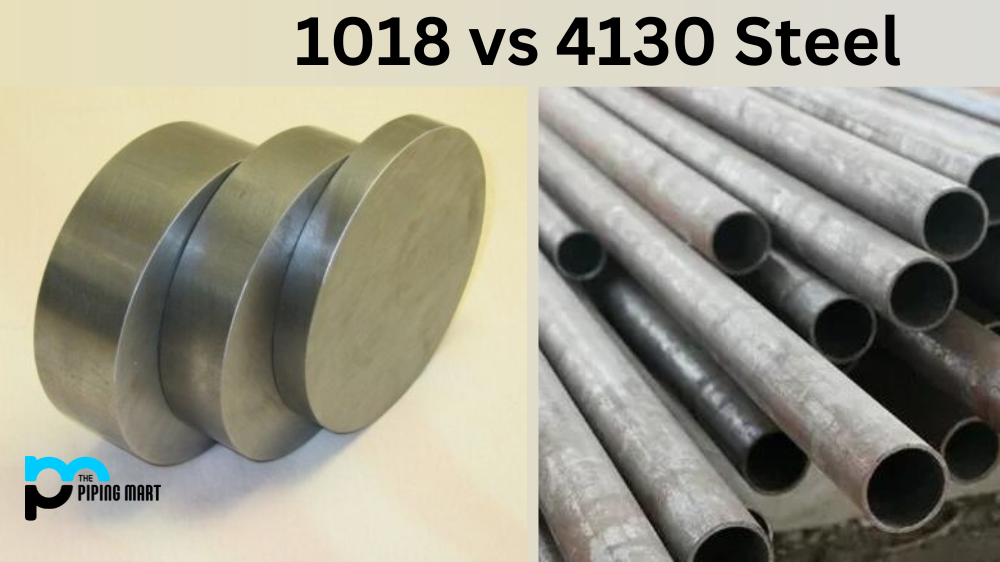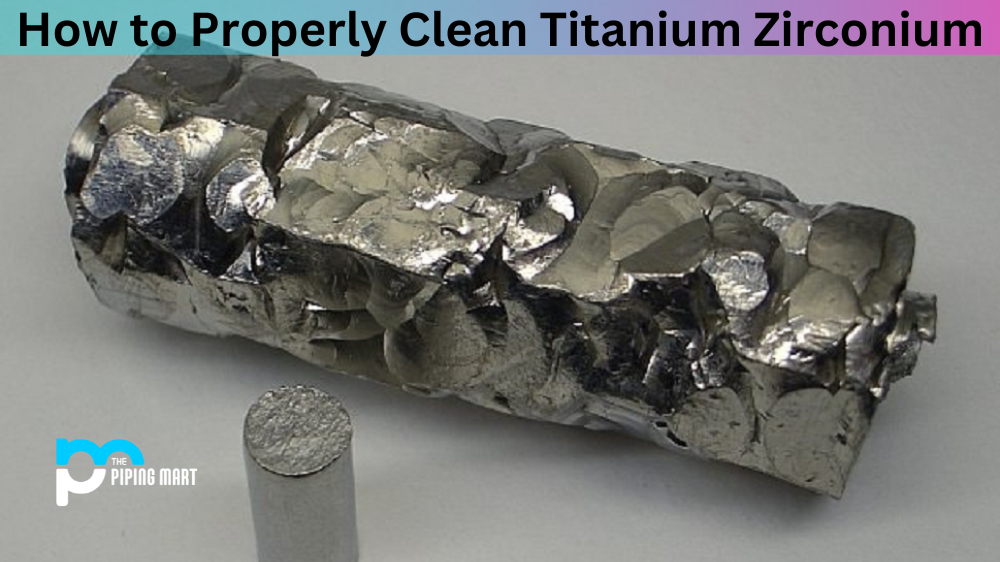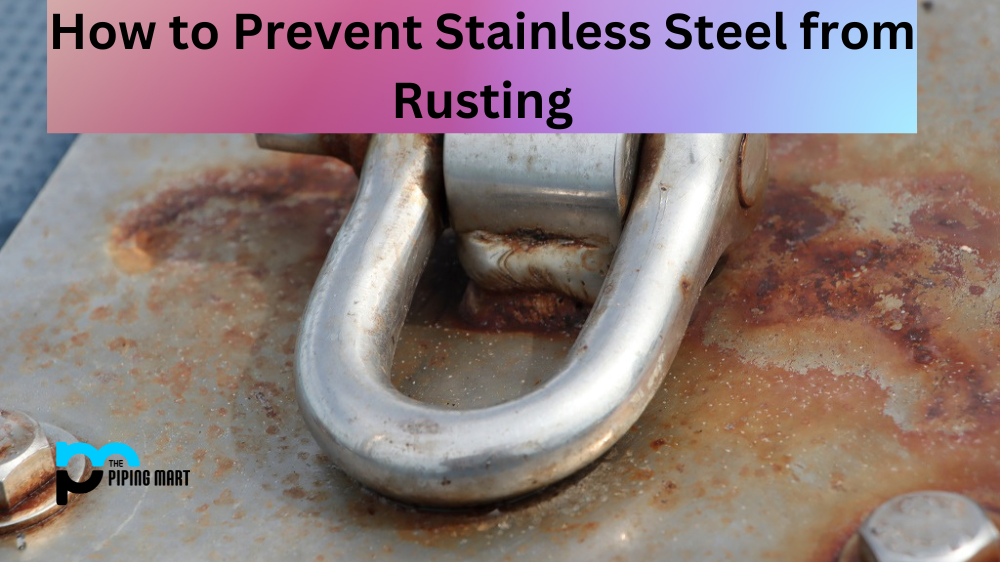Steel is essential in many industries, including construction, manufacturing, and automotive. Among the most commonly used types of steel are 1018 and 4130. However, while these two materials may seem similar, they differ significantly. In this blog post, we will explore the characteristics of each type of steel, their advantages and disadvantages, and the applications in which they are most commonly used.
What is 1018 Steel?
1018 is a low-carbon steel that is also referred to as mild steel. It contains between 0.15% and 0.20% carbon and has excellent weldability and machinability. These properties make it an ideal material for various applications, such as cold-formed parts, general-purpose axles, and machinery parts. Moreover, 1018 steel is also relatively inexpensive, making it a cost-effective option.
What is 4130 Steel?
4130 steel is a medium-carbon steel that is alloyed with chromium and molybdenum. It has a higher strength-to-weight ratio than 1018 steel and excellent resistance to fatigue and corrosion. Additionally, 4130 steel can be heat-treated to increase its strength and toughness, which makes it suitable for highly demanding applications, such as structural tubing, aircraft components, and racing car frames.
Difference Between 1018 and 4130 Steel
Advantages and Disadvantages of 1018 and 4130 Steel
The main advantages of 1018 steel are its low cost, weldability, and machinability, while the primary benefit of 4130 steel is its high strength and resistance to fatigue and corrosion. However, 1018 steel has a lower tensile strength and yield point than 4130 steel, which makes it less suitable for applications that require higher strength and toughness. On the other hand, 4130 steel is more expensive and challenging to machine than 1018 steel, which may increase production costs.
Applications of 1018 and 4130 Steel
Due to its low cost and ease of fabrication, 1018 steel is commonly used in various applications, such as gears, bushings, bolts, pins, and couplings. It is also used in structural applications where strength is not a primary concern. On the other hand, 4130 steel is widely used in industries that require high strength and toughness, such as aerospace, automotive, and racing. It is also used in structural tubing, shafts, and gears.
Tensile Strength
One of the most important differences between 1018 and 4130 steel is their tensile strength. Tensile strength measures a material’s ability to withstand being stretched or pulled without breaking. 1018 steel has a tensile strength of 485 MPa, while 4130 steel has a tensile strength of 630 MPa. This difference in tensile strength means 4130 steel is more robust than 1018 steel.
Yield Strength
Another critical difference between 1018 and 4130 steel is in their yield strength. Yield strength measures a material’s ability to withstand being stretched or pulled without permanently deforming. 1018 steel has a yield strength of 275 MPa, while 4130 steel has a yield strength of 555 MPa. This means that 4130 steel is much stronger than 1018 steel.
Elongation at Break
Elongation at break measures a material’s ability to stretch before breaking. 1018 steel elongates at an interval of 20%, while 4130 steel extends at 30%. This means that 4130 steel is more ductile than 1018 steel.
Modulus of Elasticity
The modulus of elasticity measures a material’s ability to resist being deformed elastically (non-permanently). The modulus of elasticity for 1018 steel is 190 GPa, while the modulus for 4130 steel is 210 GPa. This means that 4130 steel is stiffer than 1018 steel.
Density
Density measures how much mass a material has per unit volume. The thickness of 1018 steel is 7.85 g/cm3, while the thickness of 4130 steel is 8 g/cm3. This means that 4130 steel is slightly denser than 1018 steel.
Which One to Choose?
The choice between 1018 and 4130 steel largely depends on the specific application requirements. If strength is not a primary concern, and cost and ease of fabrication are critical factors, 1018 steel is a suitable option. However, if high strength, toughness, and resistance to fatigue and corrosion are essential, 4130 steel would be a better choice, despite its higher cost.
Conclusion
In conclusion, 1018 and 4130 steel are two commonly used steel types with significant differences in their characteristics, advantages, disadvantages, and applications. Understanding these differences can help you choose the appropriate material for your application requirements. Whether you need low-cost and easy-to-fabricate steel or high-strength and rigid steel, there is the correct steel. Consult with your steel supplier to determine the best option for your needs.

A passionate metal industry expert and blogger. With over 5 years of experience in the field, Palak brings a wealth of knowledge and insight to her writing. Whether discussing the latest trends in the metal industry or sharing tips, she is dedicated to helping others succeed in the metal industry.




